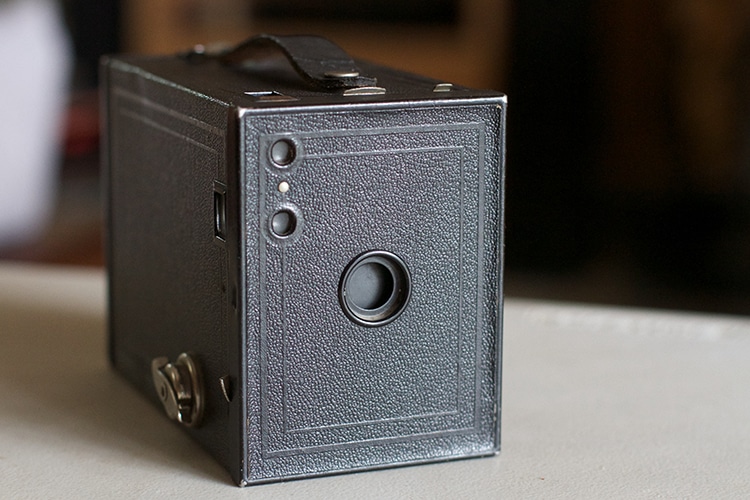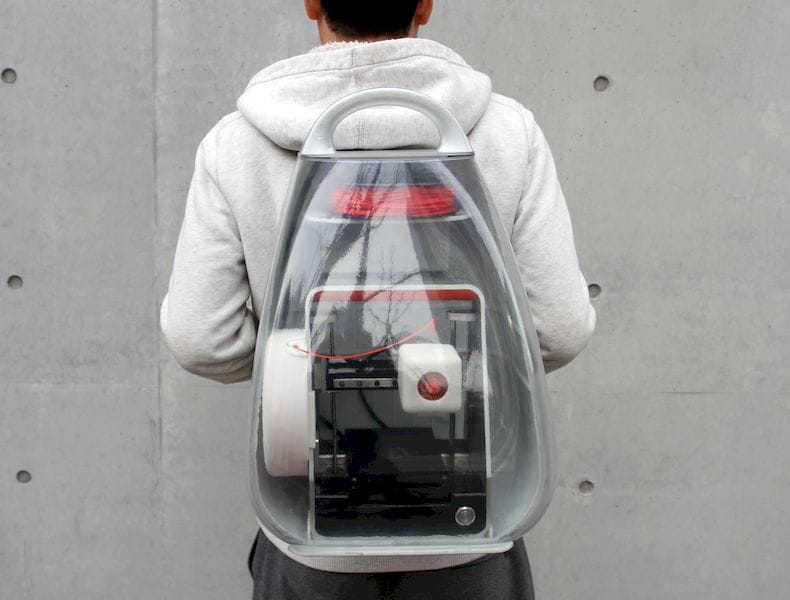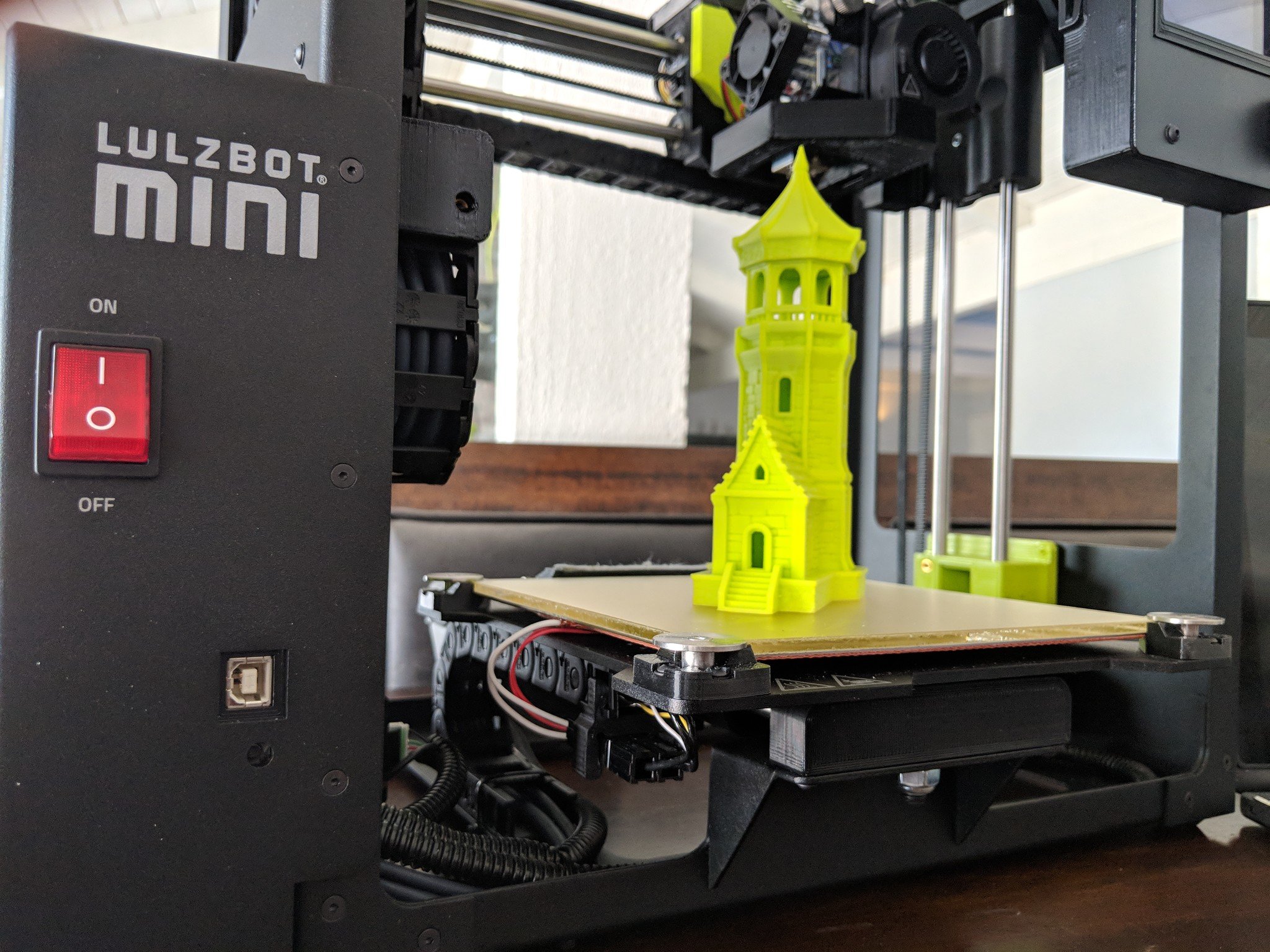History
Several important achievements and milestones dating back to the ancient Greeks have contributed to the development of cameras and photography.
-
5th-4th Centuries B.C.
Philosophy
Chinese and Greek philosophers describe the basic principles of optics and the camera.
-
1664-1666
Isaac Newton
Isaac Newton discovers that white light is composed of different colors.
-
1826
First Photograph
Joseph Niepce achieves first photographic image using an early device for projecting real-life imagery called a camera obscura. However, the image required eight hours of light exposure and later faded.
-
1851
Fast Light Exposure
Frederick Scott Archer invented the Collodion process so that images required only two or three seconds of light exposure.
-
1900
Camera Sales
First mass-marketed camera, called the Brownie, goes on sale.
-
1913-1914
35mm
First 35mm still camera is developed.
-
1968
Image of Earth
Photograph of the Earth is taken from the moon. The photograph, Earthrise, is considered one of the most influential environmental photographs ever taken.
-
1978
Point-and-Shoot
Konica introduces the first point-and-shoot autofocus camera.
-
1980
Video
Sony demonstrates first consumer camcorder for capturing moving picture.
-
1984
Digital Photography upcoming
Canon demonstrates first digital electronic still camera.
-
1999
First mobile camera
Kyocera Corporation introduces the VP-210 VisualPhone, the world's first mobile phone with built-in camera for recording videos and still photos.

Uses of Photography
Photography is used daily, everywhere in the world for an abundance or reasons.
- Photographs are used to tell stories in many different ways.
- Sciences use photography to document life, plants, animals, and much more in a deeper way.
- Textbooks use photography everywhere, from history lesson and photos from events, to studying new lands for geography.
- Even our homes we have photographs all around the house, from our families, our properties, items, landscapes, and so much more.
View More
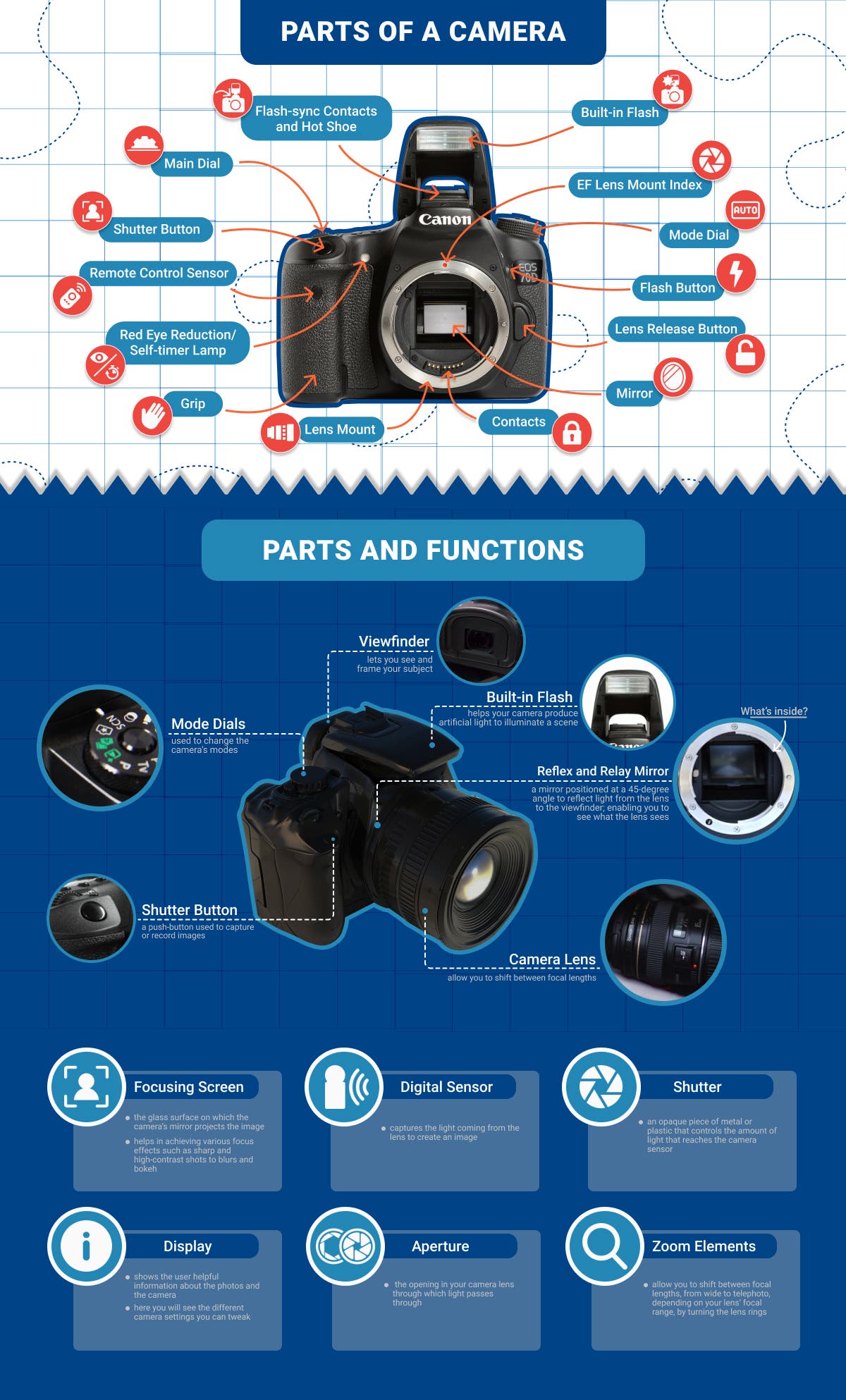
Photography Hardware
There are many existing pieces of hardware in photography, things that change from camera to camera and can alter a picture of it and the internal function of a camera
The mode dials help control specific settings and presets of modes you can use for your photos to help set a specific task to it. Allows for a specific version of the picture and you can physically control it.
Lens allows change of photo length and zoom for a picture changing its focal length for different shots.
Memory card, stores and storage for all photos taken by the camera. Some cameras are able to take multiple memory cards.
The viewfinder, essentials for viewing and framing an image or your subject. There are fully digital ones, and then non digital ones. The digital ones allow you to see things such as aperture, shutter speed, iso, battery, grid, focus, and certain settings.
Red eye reduction, a built-in feature in most cameras and hardware that help limit the glare and shine and change of color in somebody or something's eye when flash or light hits it.
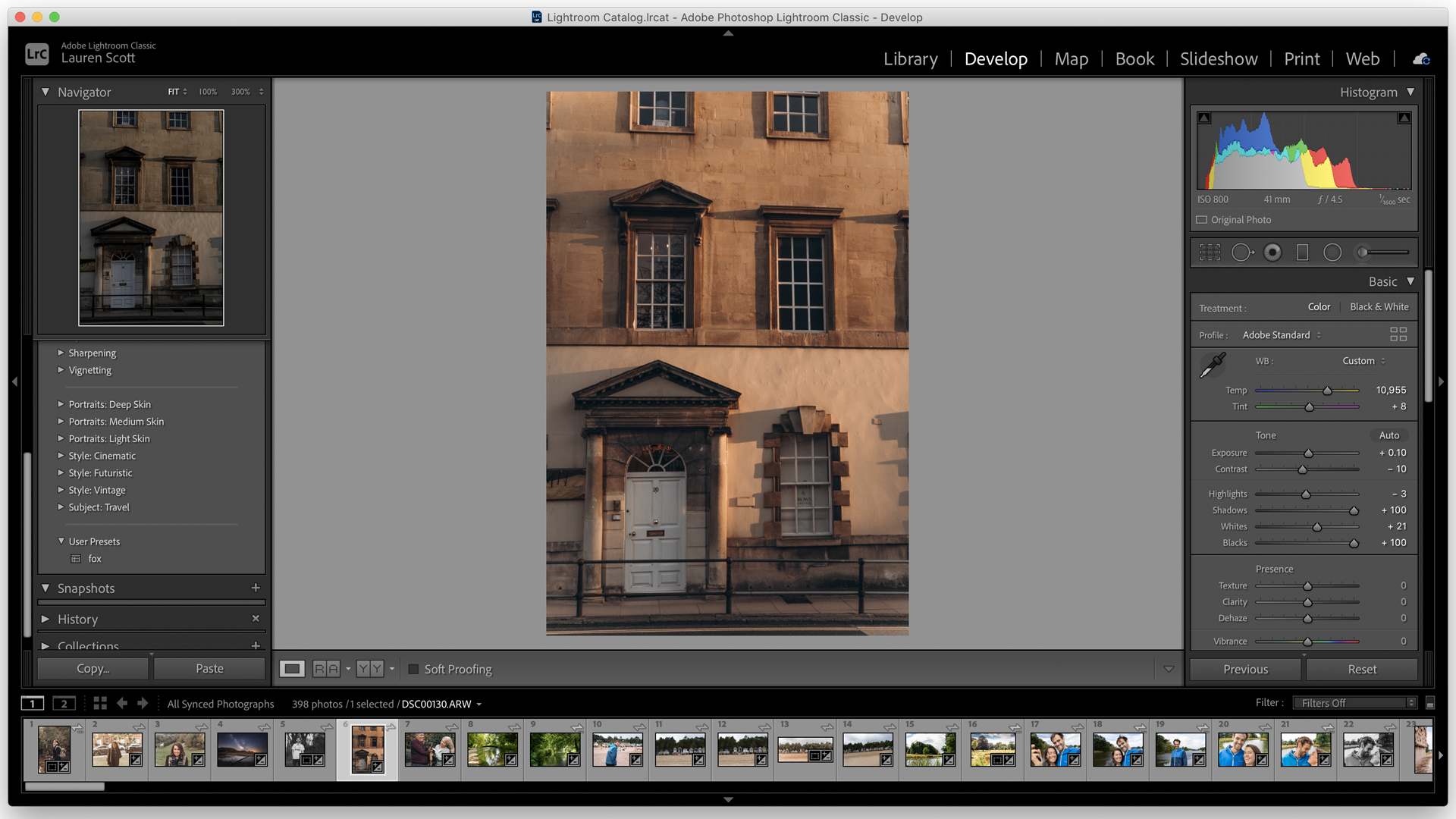
Photography Software and capabilities
Many developers have created softwares for photographers, things that can completely alter the look of a picture that was taken, from colors, sharpness, noise, items, background, adding things, and much more
Lightroom and Capture One Pro allow for very advanced photo editing and new innovations within how a picture can look, enhancing one's creative mind and exceeding any limits that may have been present in the past.
Many softwares allows for the transferring of photos and converting them, allowing worldwide photography and ideas everywhere.
One can organize, edit, cull, collaborate, and tether images all from the app
Edit things like removing and masking for people, things, and backgrounds.
You can access all of your photos online, extremely powerful editing, with great tools.
My Big Ideas
With existing photography equipment, software and hardware, it leaves you creating ideas of your own for the upcoming technology and want may come for the future of photography


